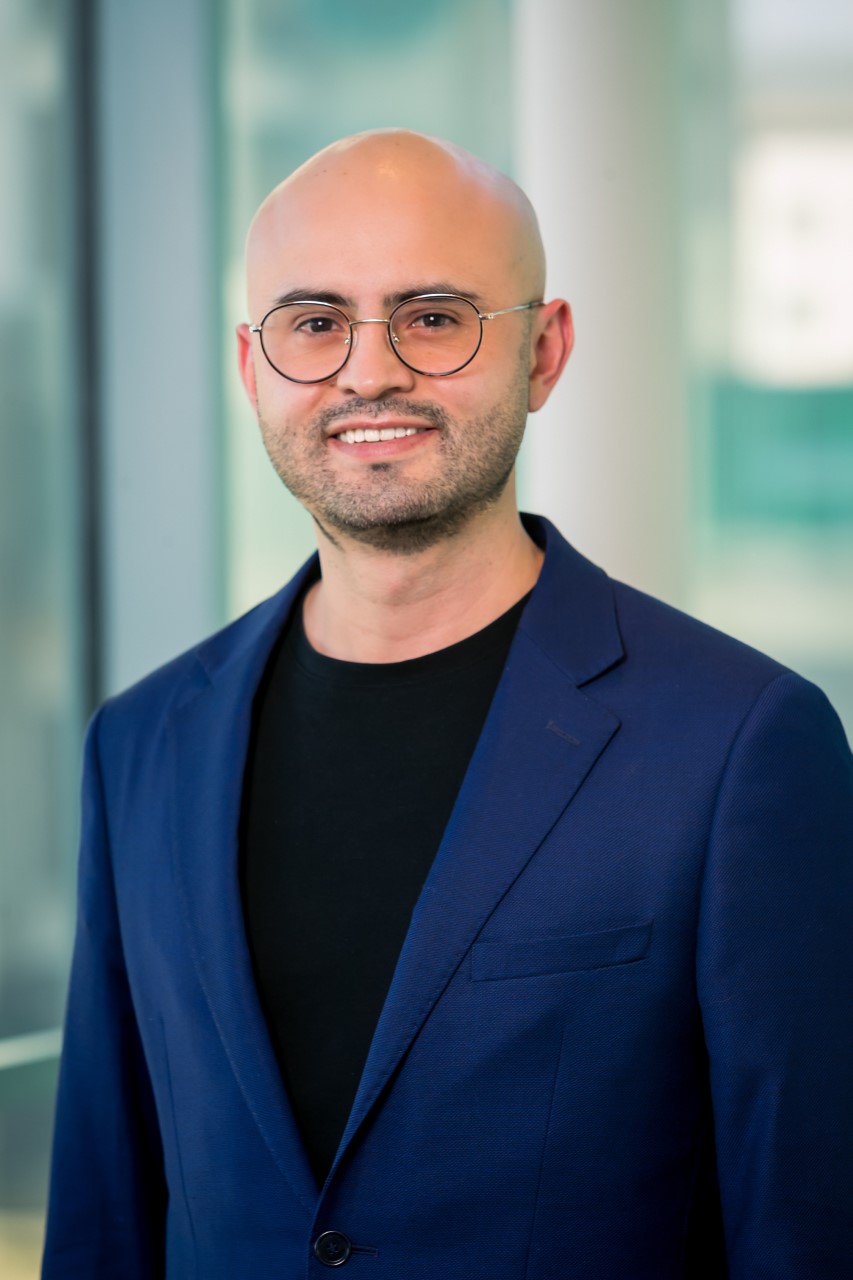DALLAS – May 04, 2023 – UT Southwestern Medical Center stem cell and developmental biologists and colleagues have developed a method to produce bovine blastoids, a crucial step in replicating embryo formation in the lab that could lead to the development of new reproductive technologies for cattle breeding.
Current efforts are hampered by a limited supply of embryos, so understanding the mechanisms for creating successful bovine blastocyst-like structures in the lab could prove valuable for improving reproduction in cattle. This technology could potentially lead to faster genetic gains in beef or dairy production or to reducing disease incidence in the animals.
“This study is the first demonstration of generating blastocyst-like structures (blastoids) from a livestock species,” said Jun Wu, Ph.D., Assistant Professor of Molecular Biology and the Virginia Murchison Linthicum Scholar in Medical Research. “With further optimization, the advancements in bovine blastoid technology could pave the way for innovative artificial reproductive methodologies in cattle breeding. This could, in turn, revolutionize traditional approaches to cattle breeding and herald a new era in livestock industry practices.”
Bovine blastoids represent a valuable model to study early embryo development and understand the causes of early embryonic loss, said Dr. Wu, whose research is supported by the National Institutes of Health (NIH), Cancer Prevention and Research Institute of Texas (CPRIT), and New York Stem Cell Foundation (NYSCF), among others.
In this study, appearing in Cell Stem Cell, researchers demonstrated that bovine blastoids can be assembled from cultured stem cells. The international group from Brazil, China, and the U.S. describes an efficient method for generating bovine blastoids and for growing them in vitro in the lab. Using immunofluorescence and single-cell RNA sequencing analyses, researchers showed that the lab-generated blastoids resembled natural bovine blastocysts in morphology, size, cell number, and lineage composition, and could produce maternal recognition signaling upon transfer to recipient cows.
“We were able to develop an efficient and robust protocol to generate bovine blastoids by assembling bovine embryonic and trophoblast stem cells that can self-organize and faithfully re-create all three blastocyst lineages,” said lead author Carlos A. Pinzón-Arteaga, D.V.M., M.S., a student in the UT Southwestern Graduate School of Biomedical Sciences. “Future comparisons with in vivo-produced embryos are still needed to better evaluate the blastoid model.”
A readily available stem cell embryo model could greatly benefit research on embryonic development, as it addresses the challenge of limited access to early embryos, noted Dr. Wu, a New York Stem Cell Foundation-Robertson Investigator and member of the Hamon Center for Regenerative Science and Medicine and Cecil H. and Ida Green Center for Reproductive Biology Sciences at UT Southwestern.
This study builds on previous findings from the Wu lab that reported the generation of similar mouse (Li et al., Cell, 2019) and human (Yu et al., Nature, 2021) embryo models. The work from the Wu lab has contributed to the development of novel culture systems and methods that enable the generation of new stem cells for basic and translational studies. Dr. Wu’s work has expanded the spectrum of pluripotent states by capturing mouse pluripotent stem cells with distinct molecular and phenotypic features from different developmental stages. And some of these culture conditions developed in mice enabled the generation of pluripotent stem cell models from many other mammalian species, including humans, nonhuman primates, and ungulates.
In addition to stem cell-derived blastocyst models (blastoids), the Wu lab uses interspecies chimeras to study fundamental biology such as conserved and divergent developmental programs, determination of body and organ size, species barriers, and cancer resistance. The lab also works to develop new applications for regenerative medicine.
Other UTSW researchers who contributed to this study are Lizhong Liu, Ph.D., Assistant Instructor of Molecular Biology, and Masahiro Sakurai, Ph.D., Assistant Instructor of Molecular Biology.
This latest research is supported by CPRIT (RR170076); NIH (GM138565-01A1 and OD028763); The Welch Foundation (854671); NYSCF; and UT Southwestern and Texas A&M Clinical and Translational Science Award (CTSA) Program, which is also supported by the NIH (1UL1TR003163-01A1). Collaborators included researchers from the University of Florida-Gainesville; Louisiana State University; China Agricultural University; SJTU-Yale Joint Center for Biostatistics and Data Science at Shanghai Jiao Tong University; the Institute of Zoology and Institute for Stem Cell and Regeneration, Chinese Academy of Sciences; and the Department of Genetics and Evolutionary Biology at the Institute of Biosciences at the University of Sao Paulo in Brazil.
About UT Southwestern Medical Center
UT Southwestern, one of the nation’s premier academic medical centers, integrates pioneering biomedical research with exceptional clinical care and education. The institution’s faculty has received six Nobel Prizes, and includes 26 members of the National Academy of Sciences, 18 members of the National Academy of Medicine, and 14 Howard Hughes Medical Institute Investigators. The full-time faculty of more than 2,900 is responsible for groundbreaking medical advances and is committed to translating science-driven research quickly to new clinical treatments. UT Southwestern physicians provide care in more than 80 specialties to more than 100,000 hospitalized patients, more than 360,000 emergency room cases, and oversee nearly 4 million outpatient visits a year.
